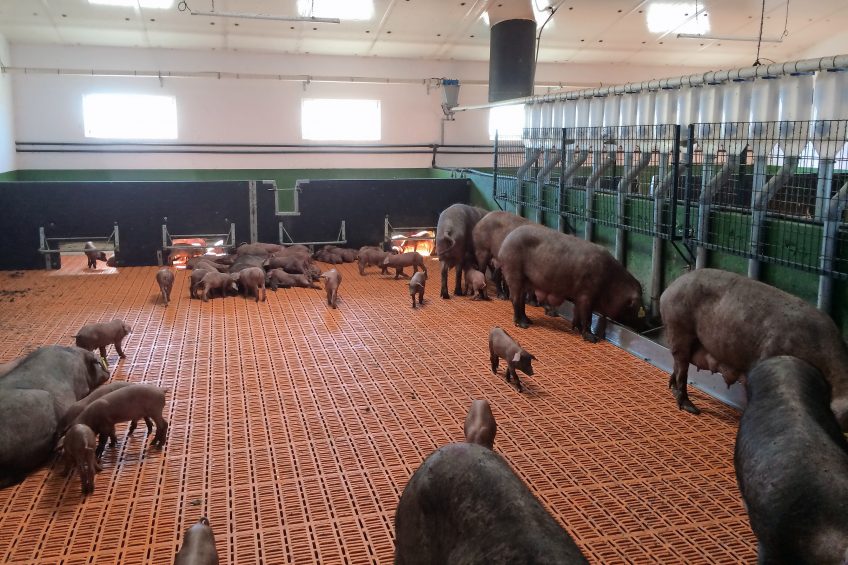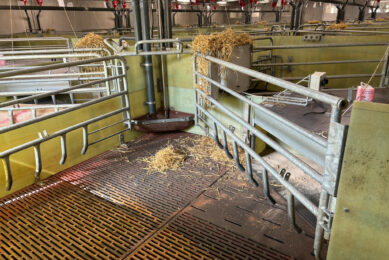Farmers, research and group lactation…Scientists, be alert!

With all the rapid legal changes and social demands that agriculture is facing, farmers are becoming more and more proactive in finding solutions to their concerns. Health and nutrition expert Edgar Garcia Manzanilla presents a good example of farmers’ innovative thinking.
I wrote this text while travelling in the high speed train from Córdoba to Barcelona, in Spain. The day before, I had a meeting in Madrid with a very good friend, Andrés, who loves knowledge transfer. We discussed recent collaborations, future projects and the pros and cons of the EU funding schemes.
Then I headed to Pozoblanco, in Andalusia, to visit an Iberian pig farm that just built a group lactation unit following an Irish design. The most surprising thing about the whole story is how the system was developed and what I learned in the process.
Group lactation in Ireland
Colin is a farmer in Ireland who happens to be a natural-born scientist. One day he decided he wanted to develop a new group lactation system for his pigs to reduce the time they are in lactation crates and to reduce stress at weaning, favouring socialisation and feed intake in piglets. So far, nothing new. There are several examples of this in different countries.
However, Colin wanted to do it with the same space he has in his farm and keeping the same number of sows. He wanted a system that would allow any existing farm to adopt it in a fast and inexpensive way. That becomes a challenge.
Pig scientists were sceptical
I was lucky to follow the whole process. There was lots of trial and error. Lots of hours expended with the manager, Jack, and the rest of the staff. Many scientists working in the area were sceptical about the approach to the problem… and still the system has been in place just 2 years.
What does it have to do with Córdoba? In one of my travels I met Pedro, a fan of Iberian pigs and ham. He knew a farmer in the south of Spain, Rafael, who wanted to build a new facility for his Iberian piglets. But he wanted it to be innovative, to make pig rearing more natural in an effort to reduce the use of antimicrobials, and if possible, to save some money.
Using the Irish pig farm system in Spain
Off I went to see Rafael. We had a discussion with him and the engineer, Jorge. One year later the farm is up and running.

The system designed by Colin has allowed Rafael to save building a facility with half the number of farrowing crates, which makes it much cheaper; a facility that promotes a faster development of the piglets and more contact with the sow, which avoids many of the issues at weaning. Rafael not only used the group lactation but also uses a free farrowing system he adapted for his farm.
Innovative thinking & product solving
This is a story of innovative thinking, problem solving, networking, knowledge transfer and success, with the farmers playing a key role in it. Too often we think of research and development as something done for the farmer instead of something created with or even by the farmer.
I find more and more that farmers are the best source of ideas to solve applied issues. In fact I find it fascinating to see the number of ideas farmers are bringing to the EU Thematic Network, that started last year.
Paper work and requirements
Finally, a wish. I helped Colin and Rafael to apply for funding from their respective rural development plans and other schemes for agricultural innovation. Lots of paper work, too many requirements, long waits… in fact, we are still waiting.
Funding systems for agricultural innovation have to be fast, have to be flexible, have to trust and help the farmers, have to make resources available for good ideas. This is not easy to do at all but there has to be a way.
Meanwhile, the 2 farms are using the system and more projects are being developed out there. Scientists, be alert!











